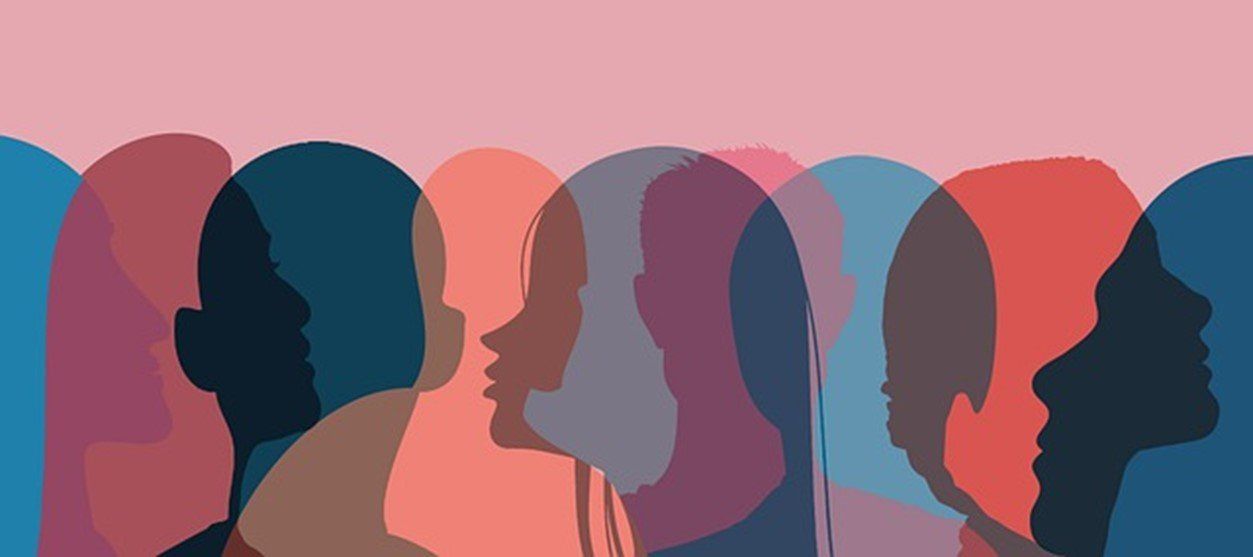The Beacon Blog: Consider It Briefed
The Future is ___: Gender Inclusion in Climate Crisis Solutions
By Beckett McGowan, Juris Doctor Candidate (VLGS ’23), Staff Editor for the Vermont Journal of Environmental Law
April 7, 2022
Climate Change is the great exasperator. Countless research has warned of the climate catastrophe that will happen if anthropogenic carbon emissions continue to rise: sea-level rise will accelerate, tropical storms will occur in greater number with greater severity, and droughts will grow harsher and longer. (1) However, natural disasters are not the only thing exasperated by Climate Change. The Intergovernmental Panel on Climate Change (IPCC) has warned that Climate Change could contribute to human conflicts. (2) However, wars over natural resources are not the only forms of conflict that will be fueled by Climate Change. Social divisions will also be compounded by the effects of Climate Change, as the crisis worsens.
One key social issue that is worsened by Climate Change is gender inequality. The impact of climate-driven conflict is not distributed equally along gender lines. (3) Women and LGBT individuals “face higher risks and greater burdens from the impacts of climate change in situations of poverty.” (4) For example, after climate disasters, women have a higher mortality rate, which occurs in part because women are “responsible for vulnerable populations like women or children during the disasters.” (5) Additionally, incidents of gender violence (including homophobic and transphobic incidents) increase after people are displaced from disasters. (6) Natural disasters fueled by Climate Change expose individuals to harm from both the natural disaster and from gender discrimination as well.
Women and members of the LGBT community cannot be left behind as the world struggles with and adapts to Climate Change. In fact, Women and LGBT individuals actively participate in grassroots movements, such as environmental justice and climate justice, to avoid being left behind. For instance, women make up 90 percent of environmental justice movement organizations. (7) Women of color especially have been instrumental in the early days of the environmental justice movement since they brought experience from the Civil Rights Movement. (8) LGBT activists groups have been active in environmental and climate justice movements as well. Several LGBT groups signed on to the Group of Ten Letter in the 1990s that criticized mainstream environmental groups for their lack of inclusivity. (9) Additionally, there are a growing number of LGBT groups that are dedicated towards climate justice. (10) These efforts show that women and LGBT individuals are active in fighting against the impact that climate change has on both the environment and themselves.
While Climate Change does not discriminate when it comes to its impact, people do. Often, women and LGBT individuals are left to fend for themselves when climate disasters wreak havoc on their communities. However, it should not be their responsibility alone to make sure that they are accounted for in Climate Change solutions. If humans expect to survive the climate crisis, then everyone needs to be involved in the decision-making process and be able to reap its rewards.
Citations
- See e.g. Alice C. Hill, et al., A World Overheating, COUNCIL ON FOREIGN RELATIONS, Oct. 18, 2021, https://www.cfr.org/article/climate-change-world-overheating-how-countries-adapt-extreme-temperature?gclid=CjwKCAiA4KaRBhBdEiwAZi1zznnr6u_8p1evOyqqNLqGMekDyOq4hf0E8RChwSmOV4nx30hJbfJ5lhoCF4cQAvD_BwE.
- Vally Koubi, Climate Change and Conflict, 22 Annual Review of Political Science, 343, 343 (2019).
- Rebecca Pearse, Gender and climate change, 8 WIRES CLIMATE CHANGE, 1, 1 (2017) (“climate change could become a major contributing factor to conflicts by exacerbating the scarcity of important natural resources”).
- UNFCCC, Introduction to Gender and Climate Change, https://unfccc.int/gender (last visited Mar. 11, 2022); see generally G. Gaard, Feminism and Env’t Justice, HANDBOOK OF ENV’T JUSTICE (2017).
- Beckett McGowan, Env’t Sexism: Another Lens for Env’t Justice (2021) (on file with author); see generally Gaard, supra note 4.
- See M.P. Anastario, et. al., Using Mental Health Indicators to Identify Postdisaster Gender-based Violence among Women Displaced by Hurricane Katrina, 9 J. OF WOMEN’S HEALTH, 1437.
- N Unger, The Role of Gender in Env’t Justice, ENV’T JUSTICE, 1, 115 (2008).
- See S. Rainey & G. Johnson, Grassroots Activism: An exploration of women of color’s role in the environmental justice movement, 16 GENDER AND CLASS, (2009).
- Gaard, supra note 4.
- See id. (listing grassroots organizations, including: the Trans and Woman’s Action Camp (TWAC), Out4Sustainability, Lesbian Rangers, and queer food and farmer movements).

